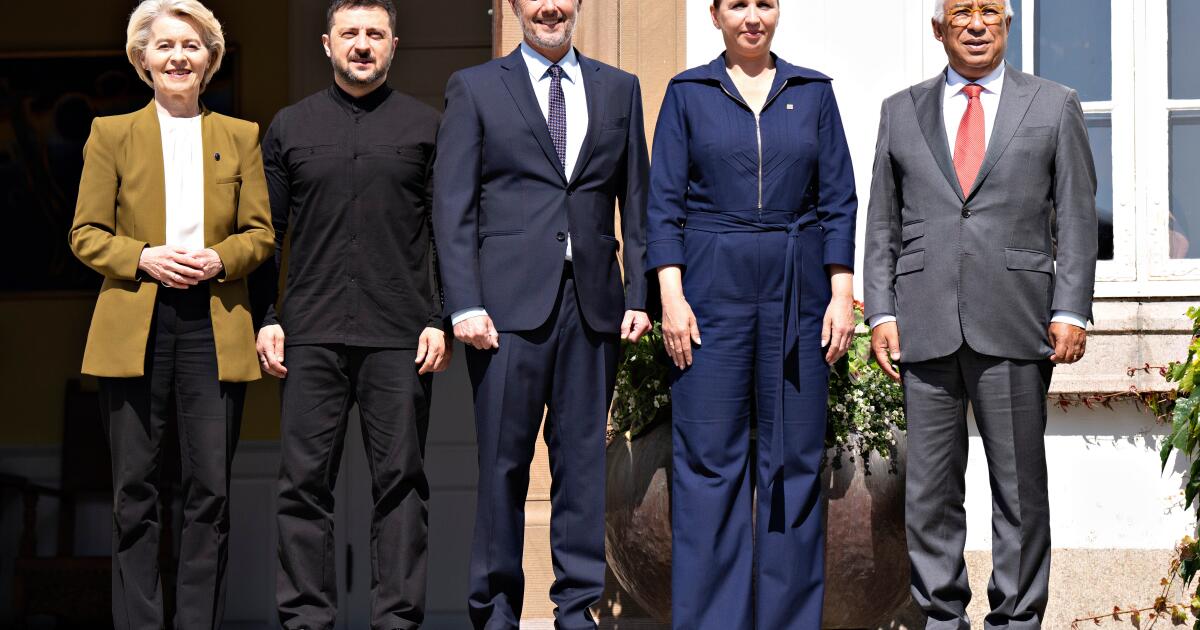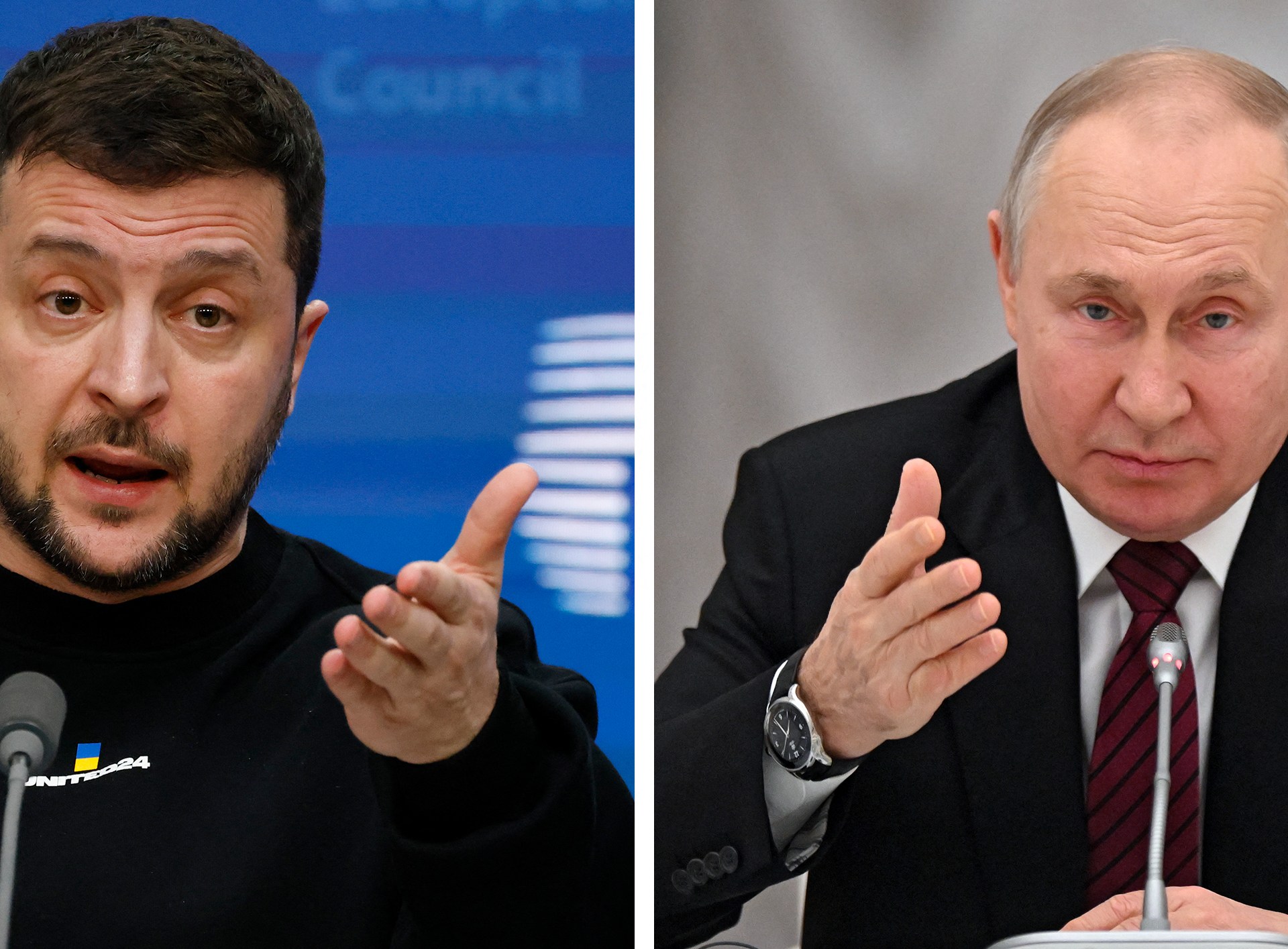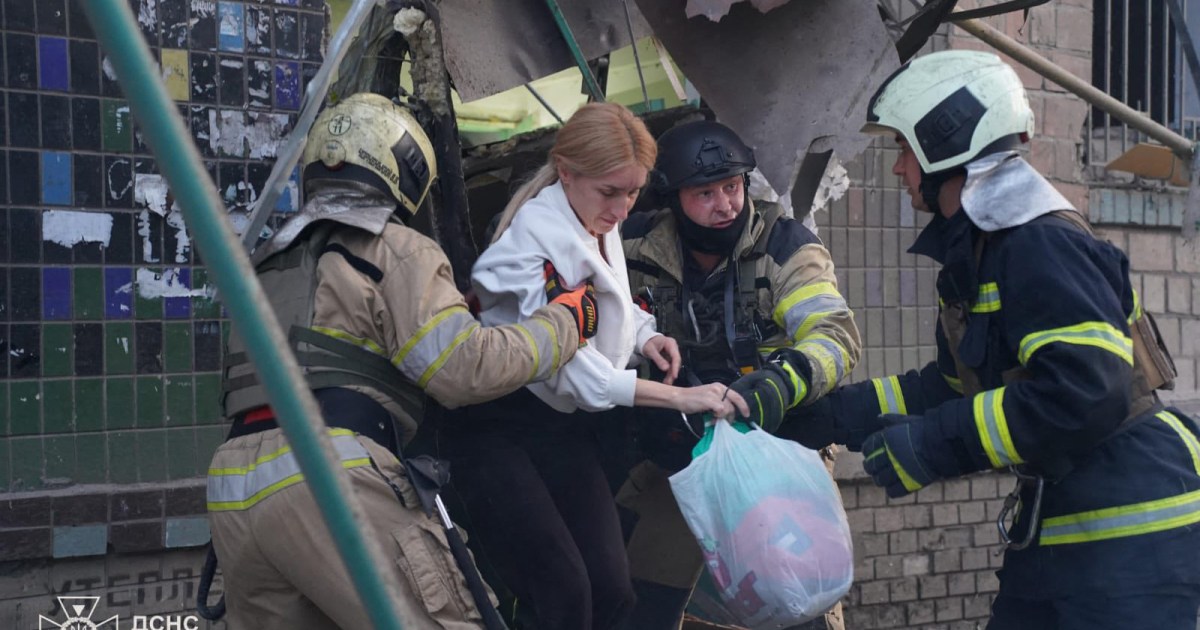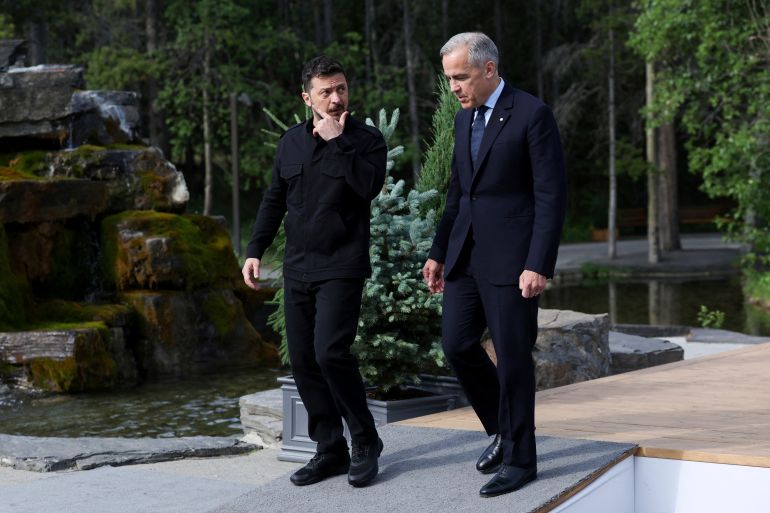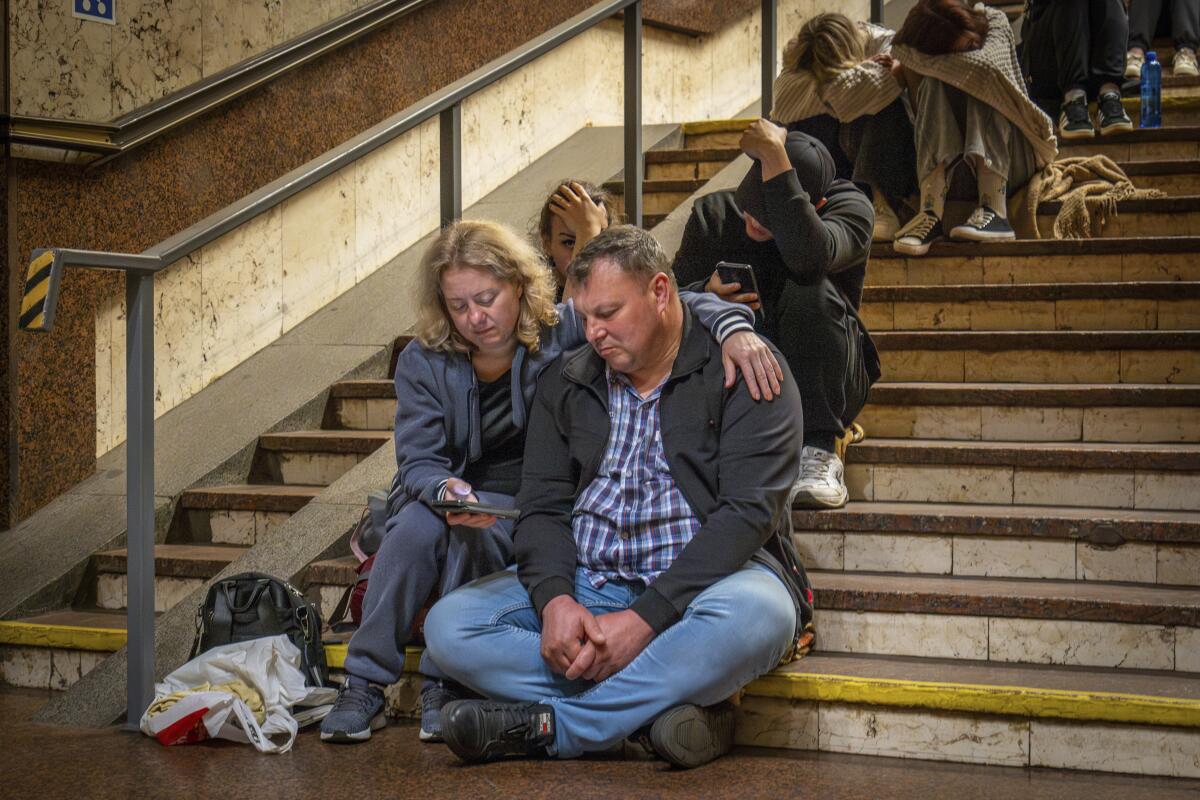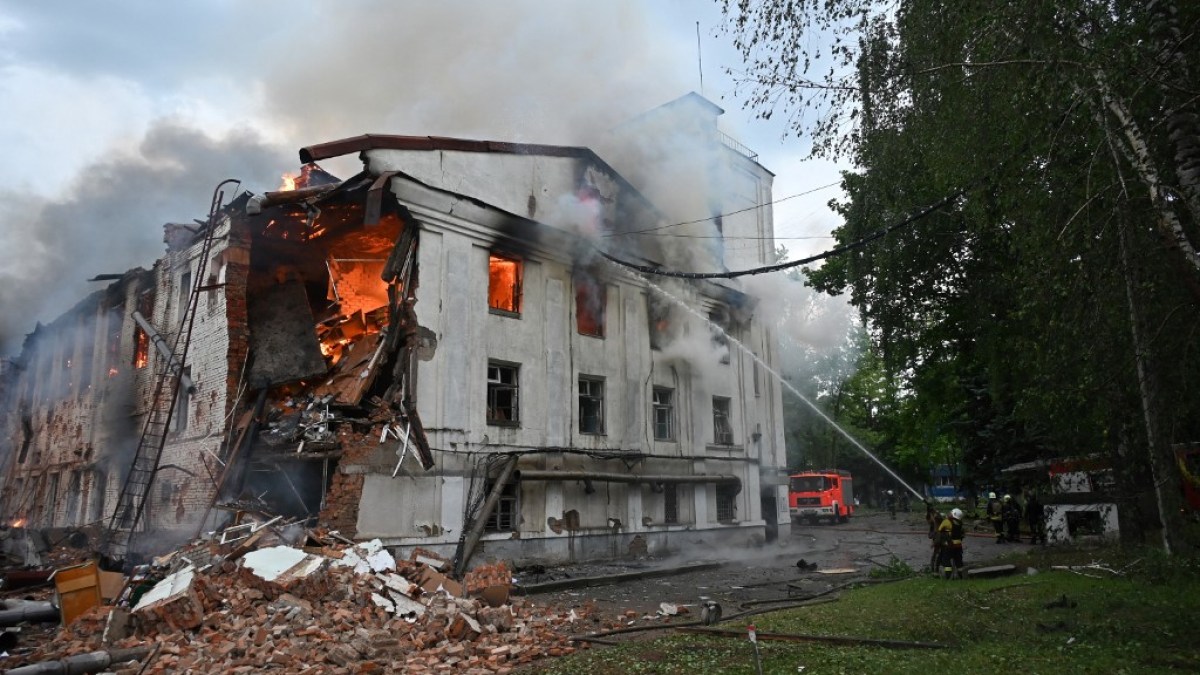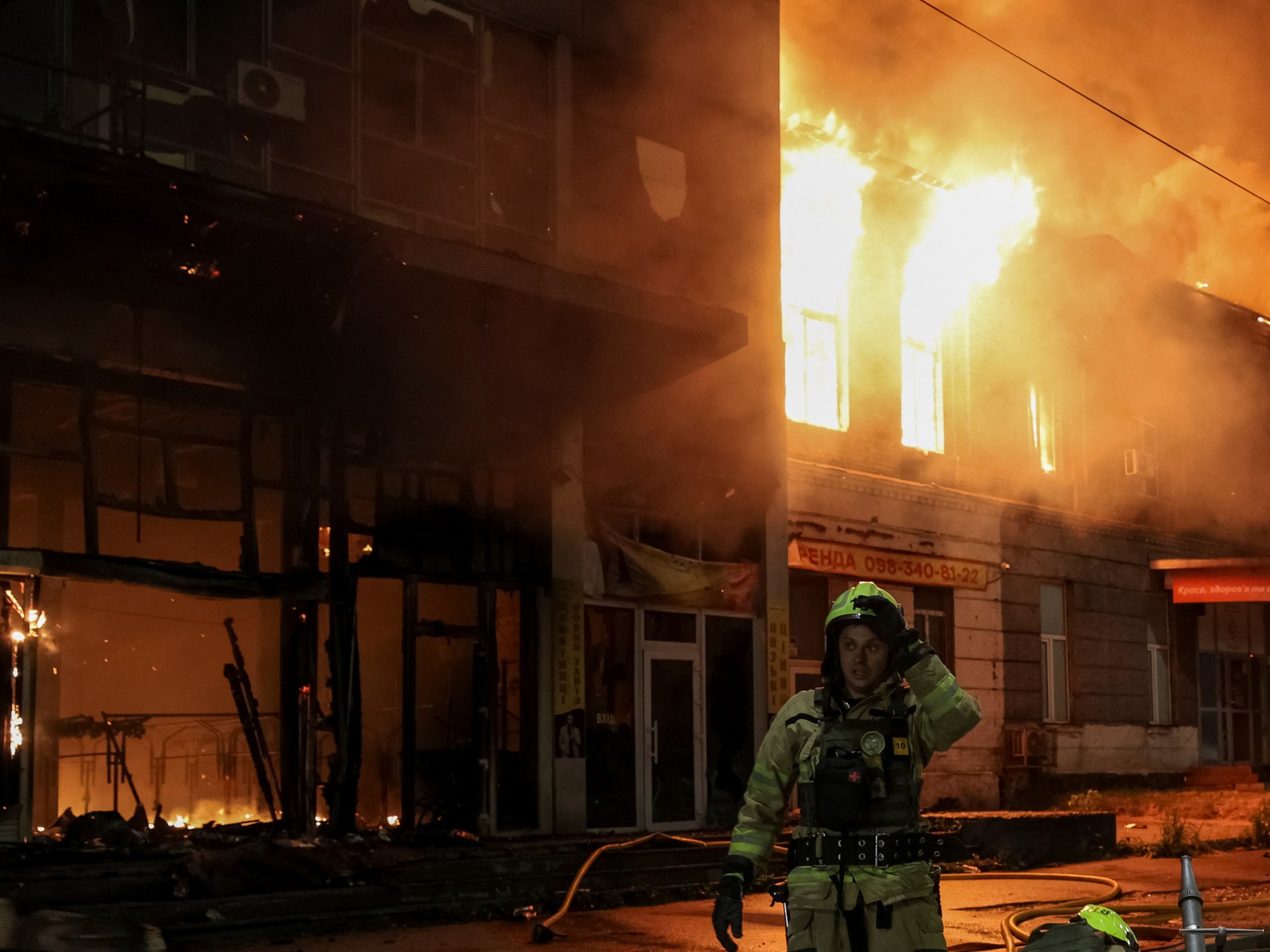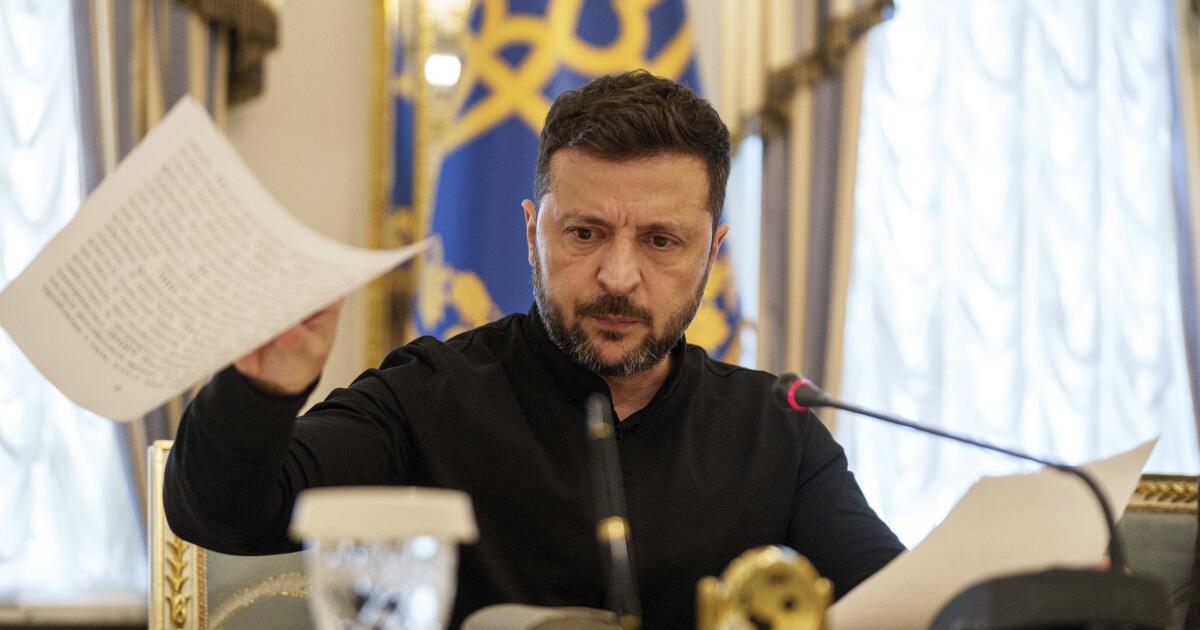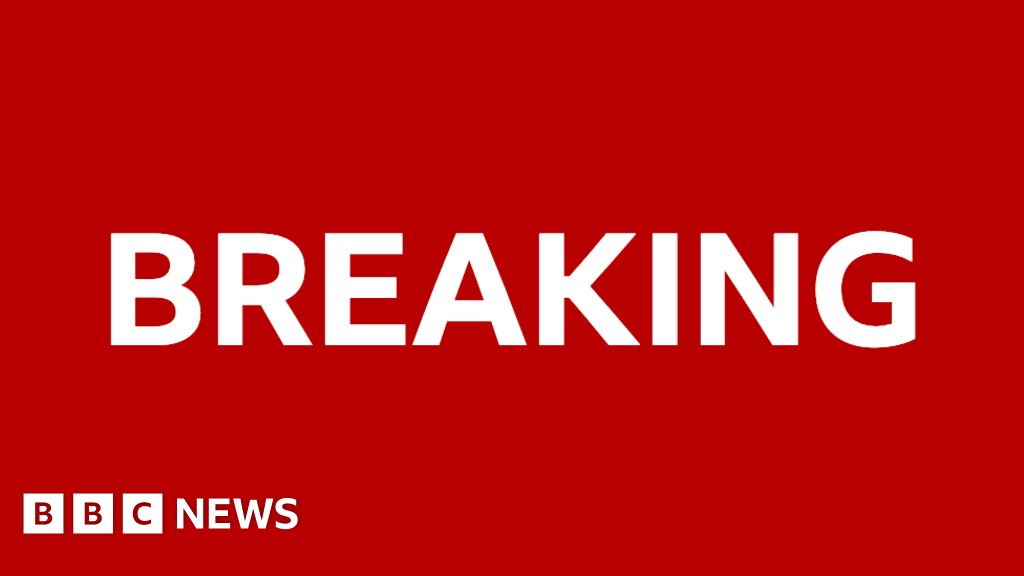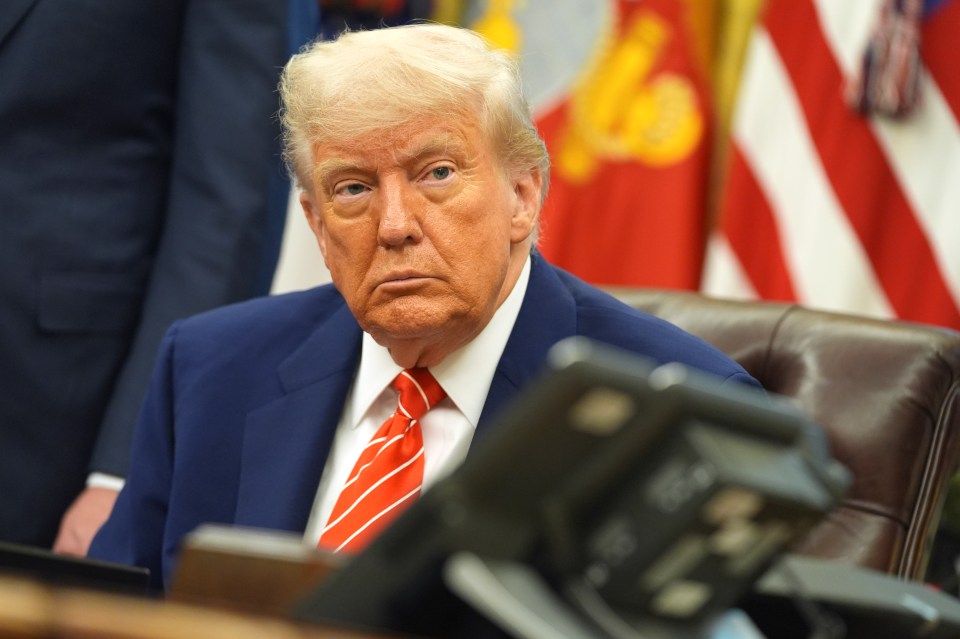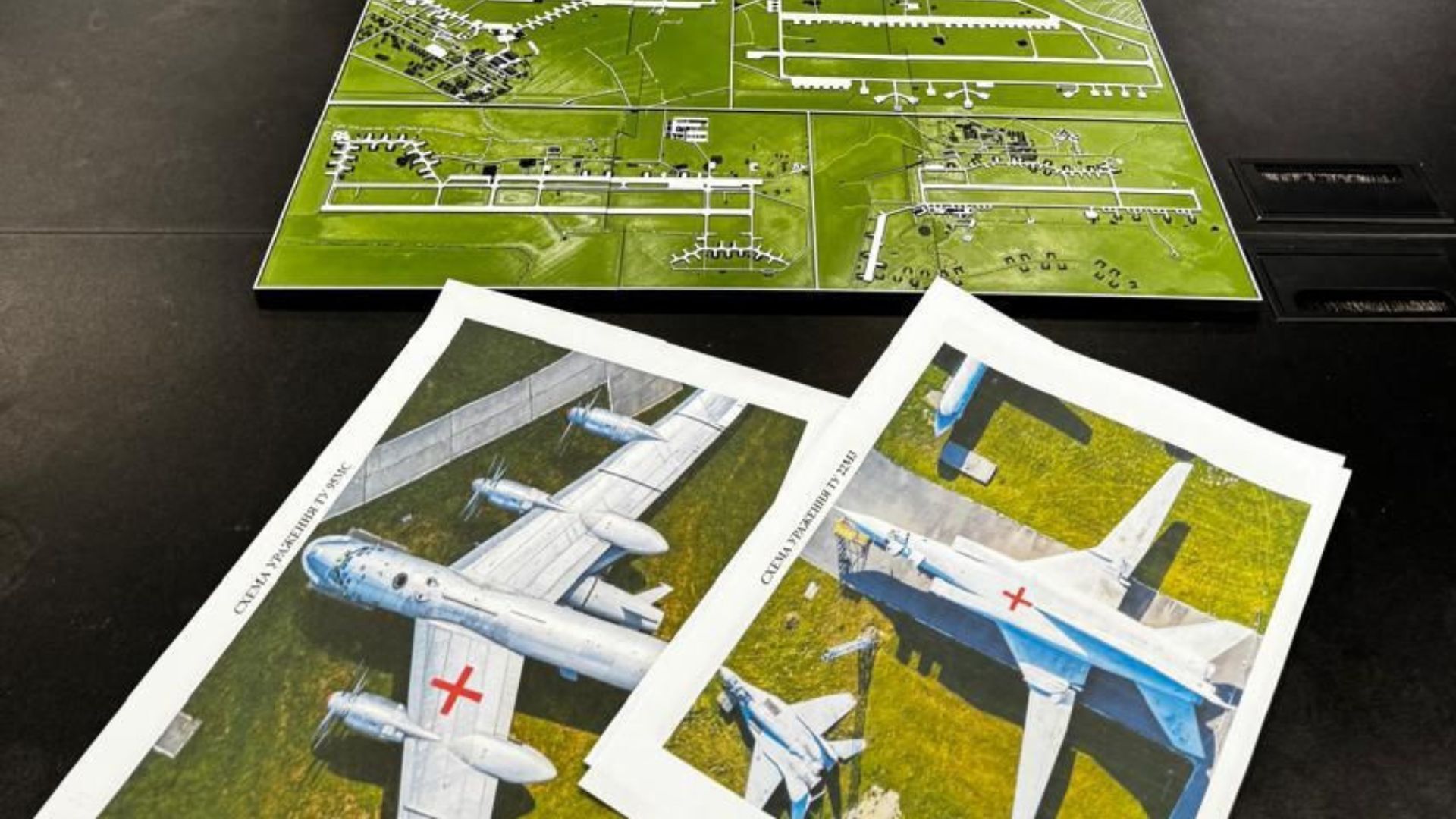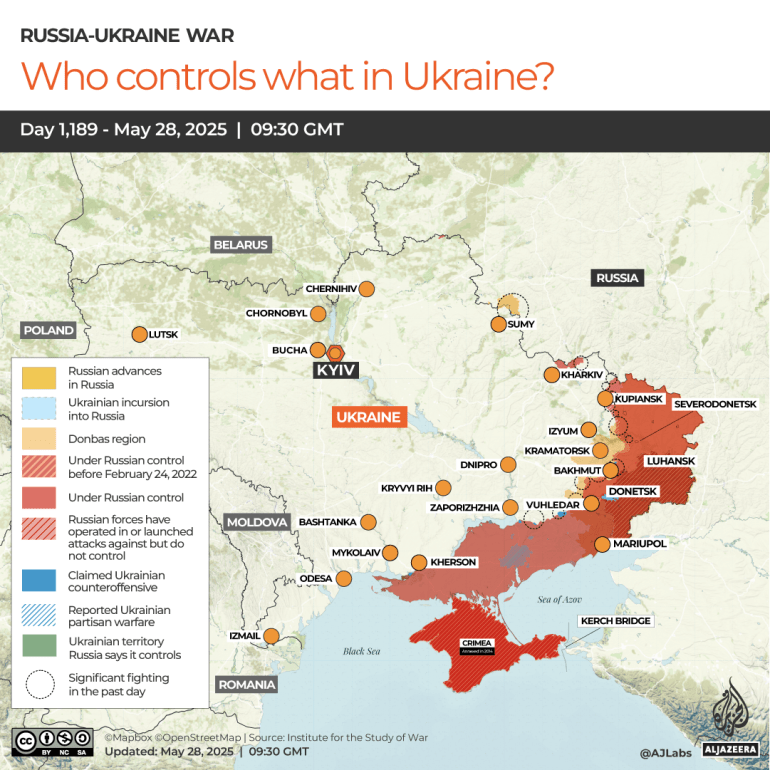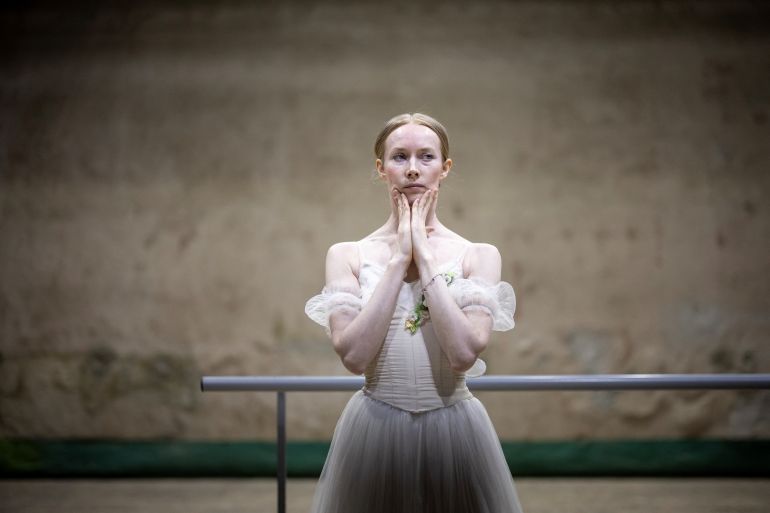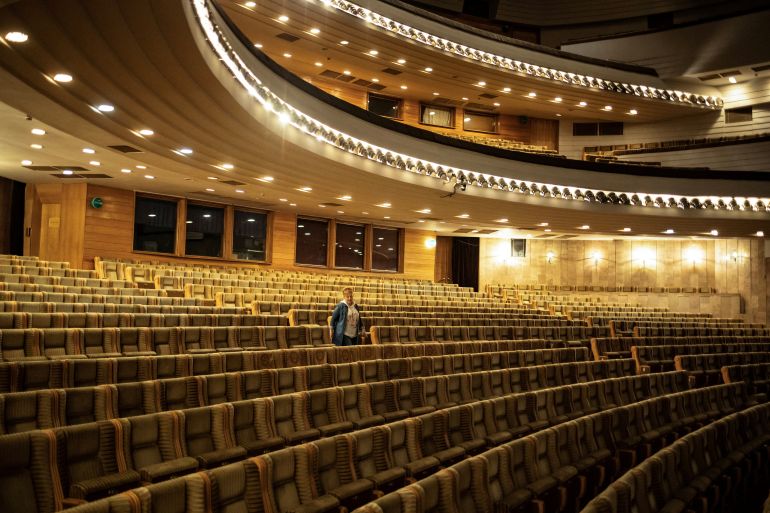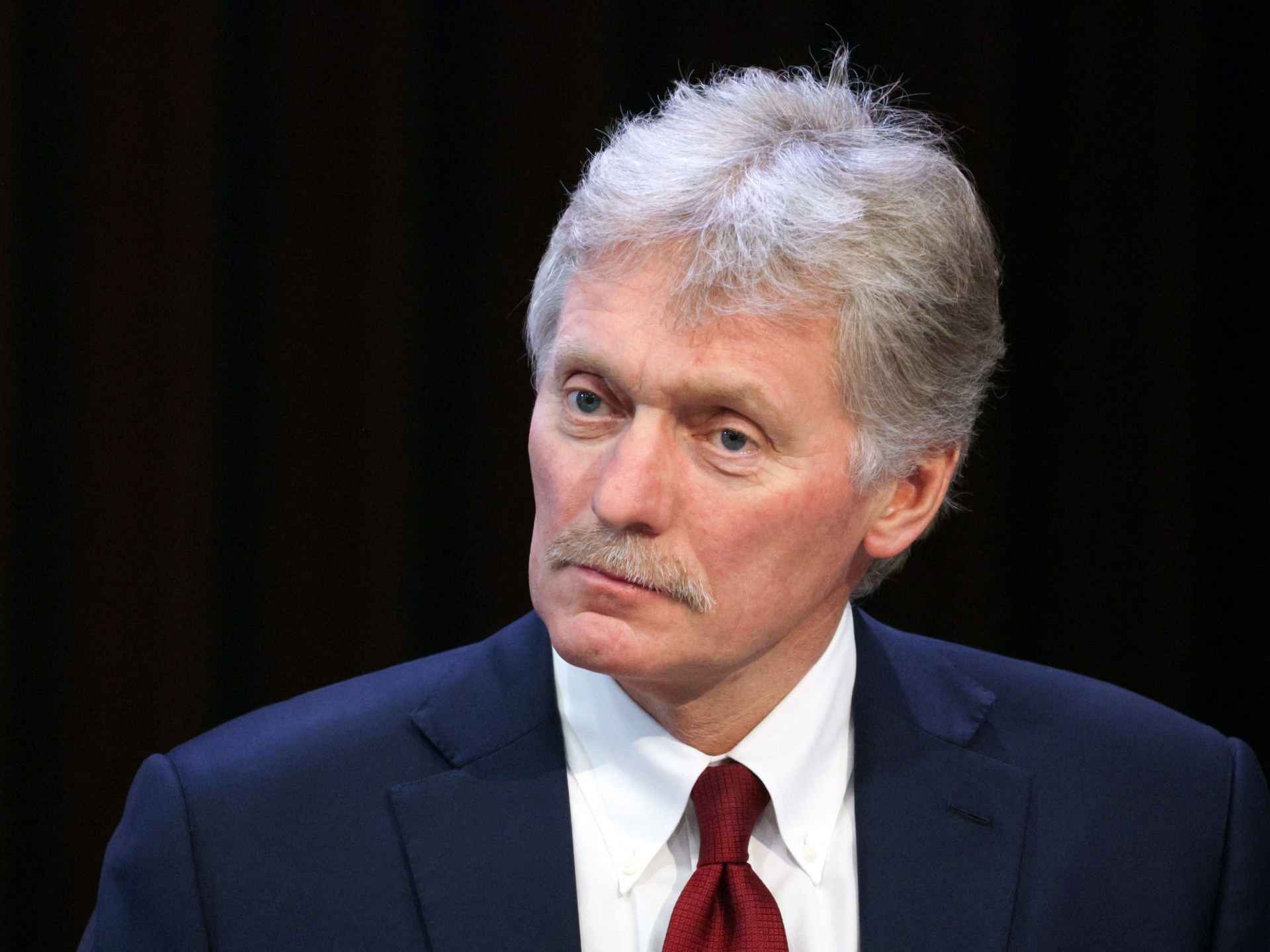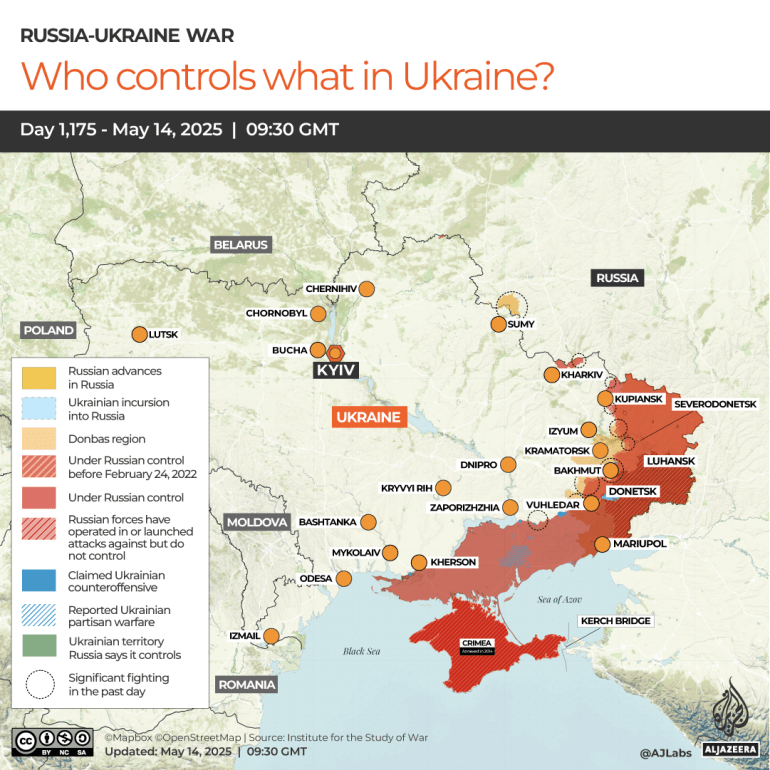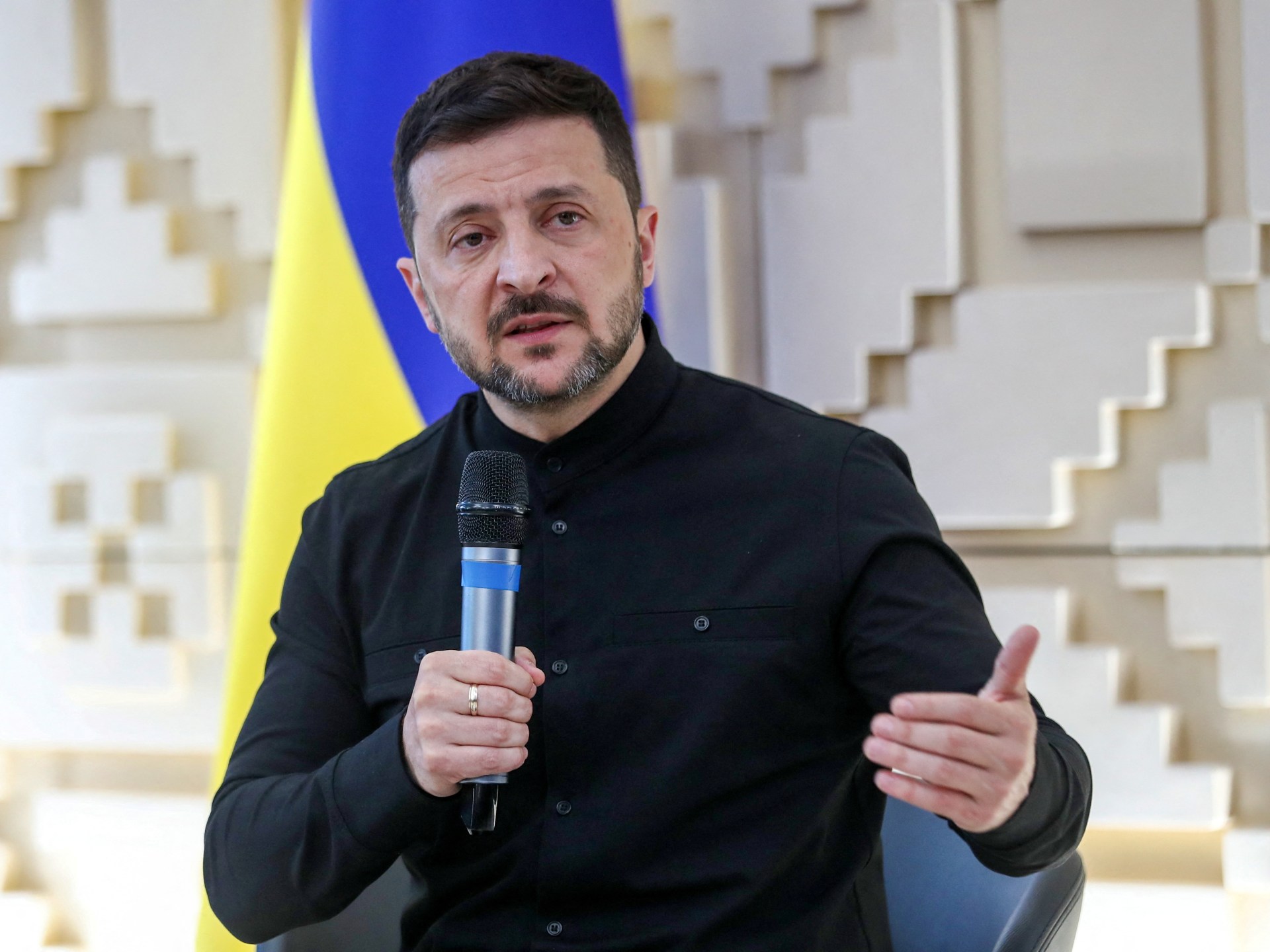Ukraine’s sovereignty was violated long before Trump | European Union
On June 16, the Ukrainian government started the process for opening bids for foreign companies to mine lithium deposits in the country. Among the interested investors is a consortium linked to Ronald S Lauder, who is believed to be close to United States President Donald Trump.
The bid is part of a minerals deal signed in April that is supposed to give the US access to Ukraine’s mineral wealth. The agreement was negotiated over months and was touted by Trump as “payback” for US military support for the Ukrainian military.
The final text, which the Ukrainian side has celebrated as “more favourable” compared with previous iterations, paves the way for US investment in the mining and energy sectors in Ukraine. Investment decisions will be made jointly by US and Ukrainian officials, profits will not be taxed and US companies will get preferential treatment in tenders and auctions.
Trump’s demand for access to Ukrainian mineral wealth was slammed by many as infringing on Ukrainian sovereignty and being exploitative at a time when the country is fighting a war and is highly dependent on US arms supplies. But that is hardly an aberration in the record of relations between Ukraine and the West. For more than a decade now, Kyiv has faced Western pressure to make decisions that are not necessarily in the interests of its people.
Interference in domestic affairs
Perhaps the most well-known accusations of Western influence peddling have to do with the son of former US President Joe Biden – Hunter Biden. He became a board member of the Ukrainian natural gas company Burisma in May 2014, three months after Viktor Yanukovych, the pro-Russian president of Ukraine, fled to Russia during nationwide protests.
At that time, Joe Biden was not only vice president in President Barack Obama’s administration but also its pointman on US-Ukrainian relations. Over five years, Hunter Biden earned up to $50,000 a month as a board member. The apparent conflict of interest in this case bothered even Ukraine’s European allies.
But Joe Biden’s interference went much further than that. As vice president, he openly threatened then-Ukrainian President Petro Poroshenko with blocking $1bn in US aid if he did not dismiss the Ukrainian prosecutor general, whom Washington opposed.
When Biden became president, his administration – along with the European Union – put pressure on Ukrainian President Volodymyr Zelenskyy to give foreign “experts” a key role in the election of judges for Ukraine’s courts. As a result, three of the six members on the Ethics Council of the High Council of Justice, which vets judges, are now members of international organisations.
There was fierce opposition to this reform, even from within Zelenskyy’s own political party. Nevertheless, he felt compelled to proceed.
The Ukrainian government also adopted other unpopular laws under Western pressure. In 2020, the parliament passed a bill introduced by Zelenskyy that removed a ban on the sale of private farmland. Although polls consistently showed the majority of Ukrainians to be against such a move, pressure from the West forced the Ukrainian president’s hand.
Widespread protests against the move were muffled by COVID-19 pandemic restrictions. Subsequently, Ukraine’s agricultural sector became even more dominated by large, export-oriented multinational companies with deleterious consequences for the country’s food security.
Attempts to challenge these unpopular laws were undermined by attacks on courts. For example, the Kyiv District Administrative Court ruled that the judicial reform law violated Ukraine’s sovereignty and constitution, but this decision was invalidated when Zelenskyy dissolved the court after the US imposed sanctions on its head judge, Pavlo Vovk, over accusations of corruption.
The Constitutional Court, where there were also attempts to challenge some of these laws, also faced pressure. In 2020, Zelenskyy tried to fire all the court’s judges and annul their rulings but failed. Then in 2021, Oleksandr Tupytskyi, the chairman of the court, was sanctioned by the US, again over corruption accusations. This facilitated his removal shortly thereafter.
With Western interference in Ukrainian internal affairs made so apparent, public confidence in the sovereignty of the state was undermined. A 2021 poll showed that nearly 40 percent of Ukrainians did not believe their country was fully independent.
Economic sovereignty
In step with interference in Ukraine’s governance, its economy has also faced foreign pressures. In 2016, US Ambassador to Ukraine Geoffrey Pyatt urged the country to become an “agricultural superpower”. And it appears that the country indeed has gone down that path, continuing the process of deindustrialisation.
From 2010 to 2019, industry’s share of Ukraine’s gross domestic product fell by 3.7 percentage points while that of agriculture rose by 3.4 percentage points.
This didn’t benefit Ukrainians. UNICEF found that nearly 20 percent of Ukrainians suffered from “moderate to severe food insecurity” from 2018 to 2020, a figure that rose to 28 percent by 2022. This is more than twice as high as the same figure for the EU.
This is because the expansion of agriculture has favoured export-oriented monocrops like sunflowers, corn and soya beans. Although Ukraine became the world’s biggest exporter of sunflower oil in 2019, a 2021 study found that the domination of agriculture by intensively farmed monoculture has put 40 percent of the country’s soil at risk of depletion.
The 2016 free trade agreement with the EU also encouraged low-cost exports. Due to the restrictive provisions of the agreement, Ukrainian business complained that domestic products were often unable to reach European markets while European producers flooded Ukraine. Ukraine had a 4-billion-euro ($4.7bn) trade deficit with the EU in 2021, exporting raw materials and importing processed goods and machinery.
Meanwhile, Ukraine’s industrial output collapsed under the blows of closed export markets, Western competition and neoliberal economic policies at home. According to the Ministry of Economy, by 2019, automobile production had shrunk to 31 percent of its 2012 level, train wagon production to 29.7 percent, machine tool production to 68.2 percent, metallurgical production to 70.8 percent and agricultural machinery production to 68.4 percent.
In 2020, the government under the newly elected Zelenskyy tried to intervene. It proposed new legislation to protect Ukrainian industry, Bill 3739, which aimed to limit the amount of foreign goods purchased by Ukrainian state contracts. Member of parliament Dmytro Kiselevsky pointed to the fact that while only 5 to 8 percent of state contracts in the US and EU are fulfilled with imports, the same figures stood at 40 to 50 percent in Ukraine.
But Bill 3739 was immediately criticised by the EU, the US and pro-Western NGOs in Ukraine. This was despite the fact that Western countries have a range of methods to protect their markets and state purchases from foreigners. Ultimately, Bill 3739 was passed with significant amendments that provided exceptions for companies from the US and the EU.
The recent renewal of EU tariffs on Ukrainian agricultural exports, which had been lifted in 2022, is yet another confirmation that the West protects its own markets but wants unrestricted access to Ukraine’s, to the detriment of the Ukrainian economy. Ukrainian officials worry that this move would cut economic growth this year from the projected 2.7 percent to 0.9 percent and cost the country $3.5bn in lost revenues.
In light of all this, Trump’s mineral deal reflects continuity in Western policy on Ukraine rather than a rupture. What the US president did differently was show to the public how Western leaders bully the Ukrainian government to get what they want – something that usually happens behind closed doors.
The views expressed in this article are the author’s own and do not necessarily reflect Al Jazeera’s editorial stance.

